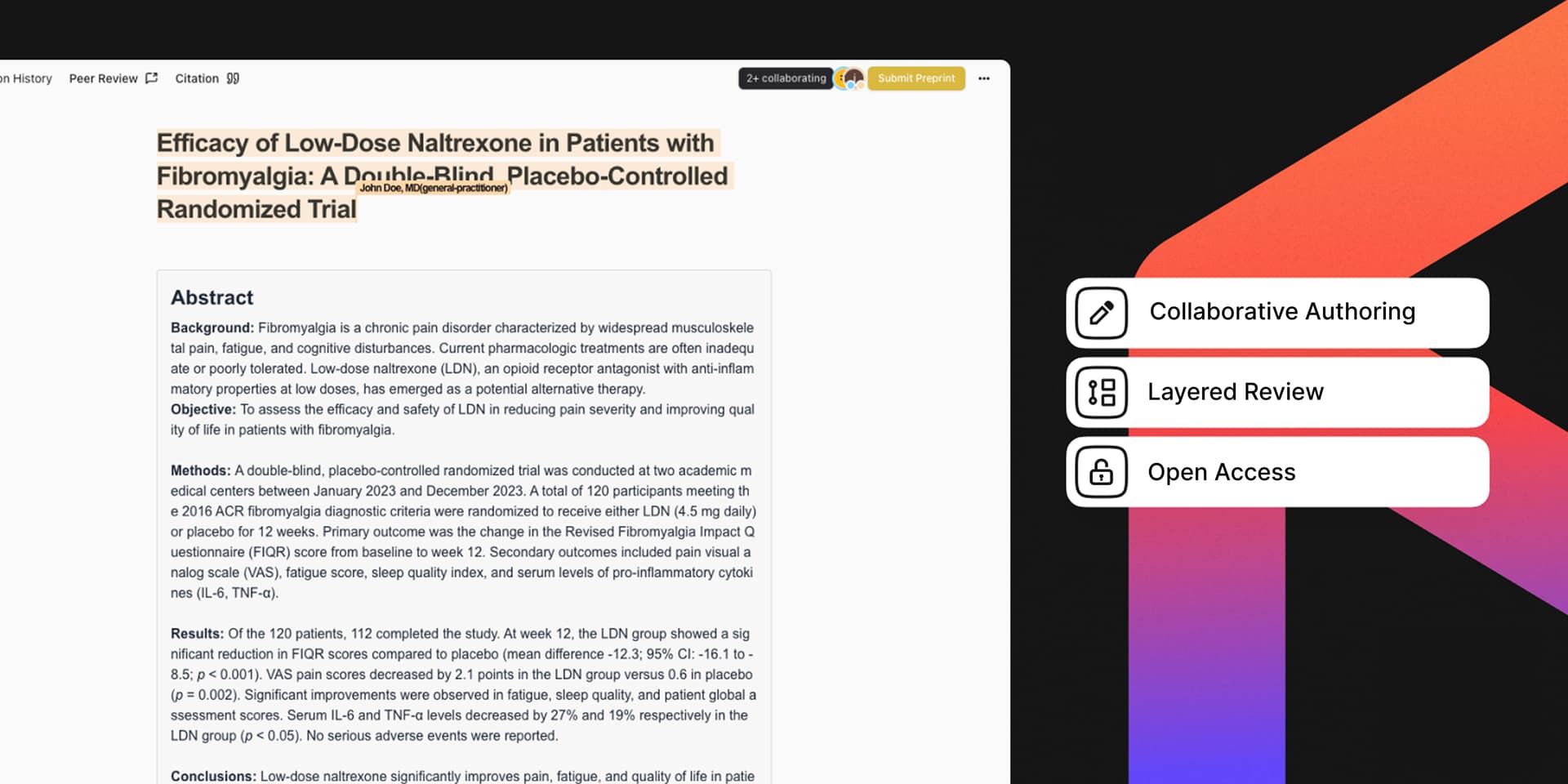Wednesday, May 22, 2024

In the dynamic world of website design and UI/UX, starting from scratch can be overwhelming and inefficient. Psychological theories such as Cognitive Load Theory, Self-Efficacy Theory, the Zone of Proximal Development, and Schema Theory explain why designers thrive with a framework or preset knowledge base.
Cognitive Load Theory explains that our working memory is limited. Starting a project without prior knowledge increases cognitive load, leading to stress and slower progress. Using frameworks or existing designs reduces this load, allowing designers to focus on creativity and refinement.
Self-Efficacy Theory emphasizes the importance of believing in one's abilities. Designers starting with a framework are more confident, motivated, and productive, as they can rely on a safety net while exploring creative possibilities.
The Zone of Proximal Development (ZPD) suggests that people achieve more with guidance. Designers starting with a framework or guidelines can stretch their abilities without feeling overwhelmed, gradually taking on more complex tasks as their skills grow.
Schema Theory posits that we use existing knowledge structures to process new information. Designers rely on mental libraries of design patterns and principles, applying these schemas to new projects for consistency and coherence.
In the fast-paced world of web design, efficiency is key. That's where W2D comes in—a revolutionary Figma plugin that allows you to convert any website into fully editable Figma designs. With W2D, designers can leverage existing website designs to jumpstart their own creative projects, saving valuable time and effort.
Traditionally, creating a website design from scratch involves painstakingly building each element manually. This process can be time-consuming and labor-intensive. W2D streamlines this by allowing you to take advantage of existing HTML designs. This efficiency reduces the time spent on initial design phases. Utilizing real-world designs as a foundation for your projects provides inspiration. The ability to easily edit and alter imported designs to suit your needs allows for customization. Using established elements maintains design consistency.
By integrating W2D into your design workflow, you can reduce cognitive load, boost confidence, provide initial support, maximize potential, and leverage existing knowledge. This allows you to focus more on creativity and innovation, transforming the way you bring digital visions to life. Embrace the future of web design with W2D and enhance your productivity throughout the entire design process.